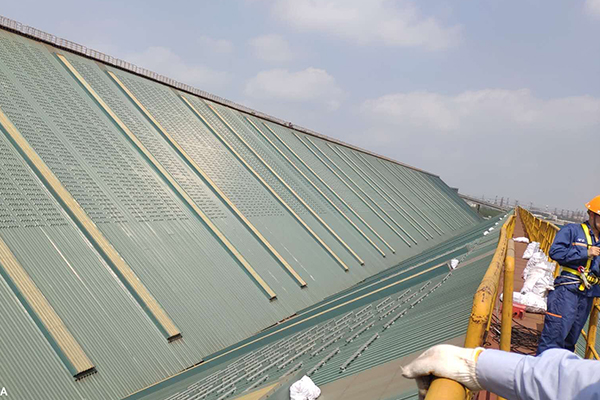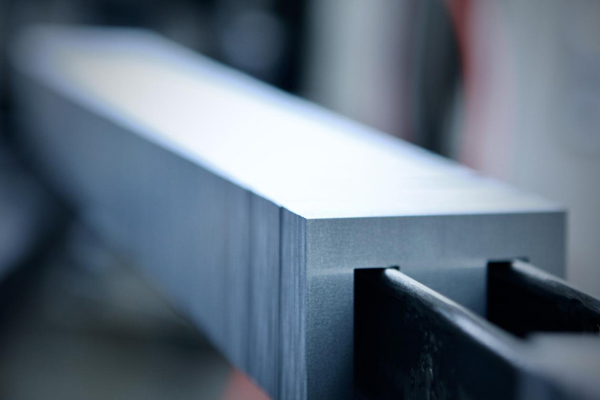Rubber products are ubiquitous in daily life and industrial settings, from car tires and household gloves to industrial seals and sports equipment. However, a common drawback of rubber items is the unpleasant odor they often emit, which stems from volatile organic compounds (VOCs) released by rubber polymers, vulcanization agents, plasticizers, and other additives during production and use. This odor not only affects user experience but may also cause discomfort to sensitive individuals. Rubber deodorant emerges as a practical solution to this problem, effectively eliminating or reducing unwanted smells while preserving the performance of rubber materials.
The working principle of rubber deodorant varies based on its composition. Adsorptive deodorants, typically containing activated carbon or zeolite, trap odor molecules through porous structures, preventing their release into the air. Chemical neutralizing deodorants react with VOCs and sulfur-containing compounds—major odor sources—to form non-volatile, odorless substances. Additionally, biological deodorants use enzymes or microorganisms to break down odor-causing molecules, offering an eco-friendly alternative. These mechanisms ensure targeted odor elimination without altering the rubber’s elasticity, durability, or structural integrity.
Rubber deodorant finds applications across numerous industries. In the automotive sector, it is added to tires, door seals, and dashboard materials to reduce interior odors. For household products, it enhances the usability of rubber gloves, yoga mats, and kitchen utensils by eliminating lingering smells. In industrial settings, it improves workplace air quality by treating rubber hoses, conveyor belts, and gaskets. Even in medical devices, such as rubber catheters and gloves, hypoallergenic deodorants ensure patient comfort without compromising safety.
When selecting a rubber deodorant, key factors include compatibility with the rubber type, odor-removal efficiency, and environmental friendliness. High-quality deodorants are non-toxic, non-corrosive, and comply with international safety standards. As consumer demand for odor-free and eco-friendly products grows, manufacturers are developing advanced formulas that offer long-lasting effects while minimizing environmental impact.
In conclusion, rubber deodorant plays a vital role in enhancing the functionality and user experience of rubber products. By addressing the root cause of rubber odors, it bridges the gap between performance and comfort across various sectors. As technology advances, rubber deodorants will continue to evolve, providing more efficient and sustainable solutions for a odor-free future.


















